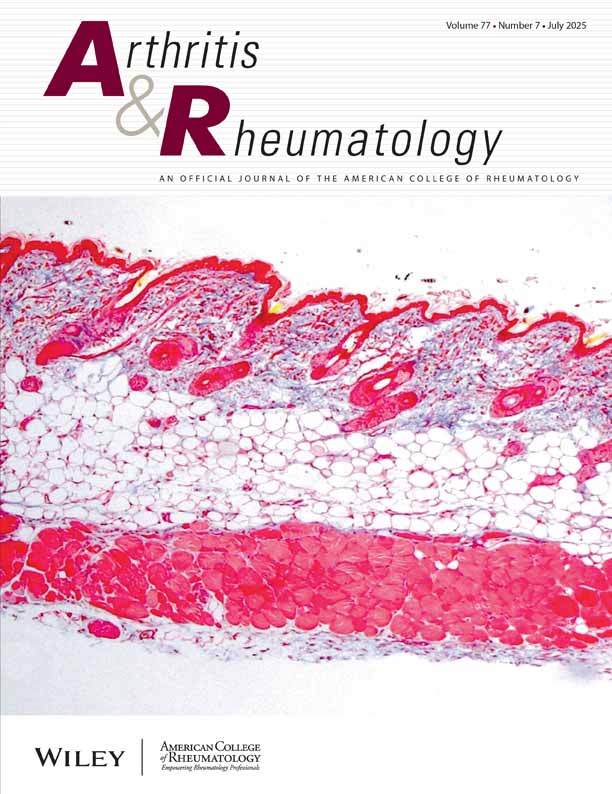Salivary gland epithelial cells: A new source of the immunoregulatory hormone adiponectin
Abstract
Objective
Adiponectin is an adipocytokine that displays insulin-sensitizing and immunoregulatory properties. Adipocyte development in association with fibrosis is frequently detected in primary Sjögren's syndrome lesions, connoting a healing process. The aim of this study was to examine the expression of adiponectin in minor salivary gland biopsy specimens obtained from patients with primary SS and controls.
Methods
The expression of adiponectin in minor salivary gland biopsy specimens and in long-term–cultured non-neoplastic salivary gland epithelial cell (SGEC) lines obtained from patients with primary SS and control subjects was examined, using immunohistochemistry and immunoblotting, respectively. The expression of adiponectin, adiponectin receptor 1 (AdipoR1), and AdipoR2 messenger RNA (mRNA) by SGECs was investigated by reverse transcription–polymerase chain reaction.
Results
Immunohistochemical analysis for adiponectin revealed positive staining of adipocytes from primary SS lesions as well as ductal epithelial cells from both patients with primary SS and controls. All of the SGEC lines tested were shown to express adiponectin, AdipoR1, and AdipoR2 mRNA, whereas adiponectin protein expression was detected by immunoblotting in SGECs from patients with primary SS but not in those from controls. The analysis of concentrated culture supernatants also revealed increased adiponectin expression by SGECs from patients with SS compared with controls.
Conclusion
Our findings provide novel evidence that adiponectin is produced by SGECs. The high constitutive expression of adiponectin by SGECs from patients with primary SS is likely attributable to aberrant activation of these cells. Although the significance of adiponectin expression remains unknown, it is possible that adiponectin functions in an autocrine manner, as suggested by concurrent expression of the relevant receptors.




